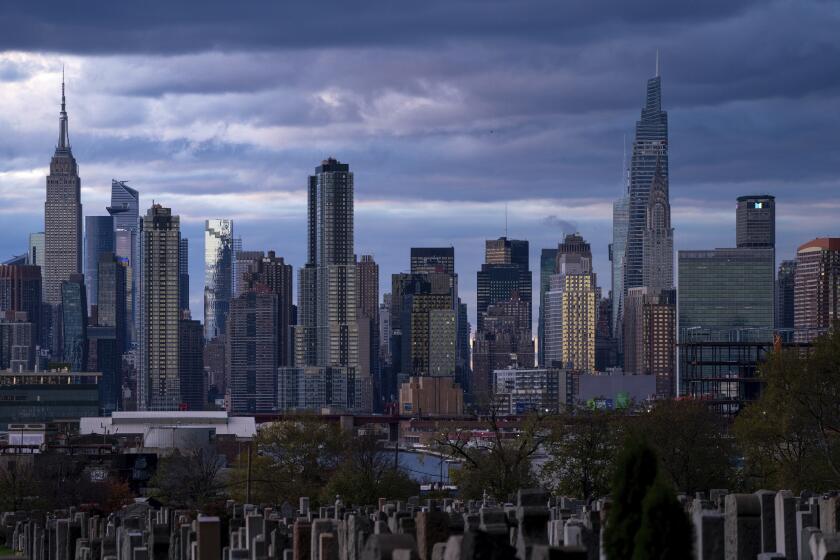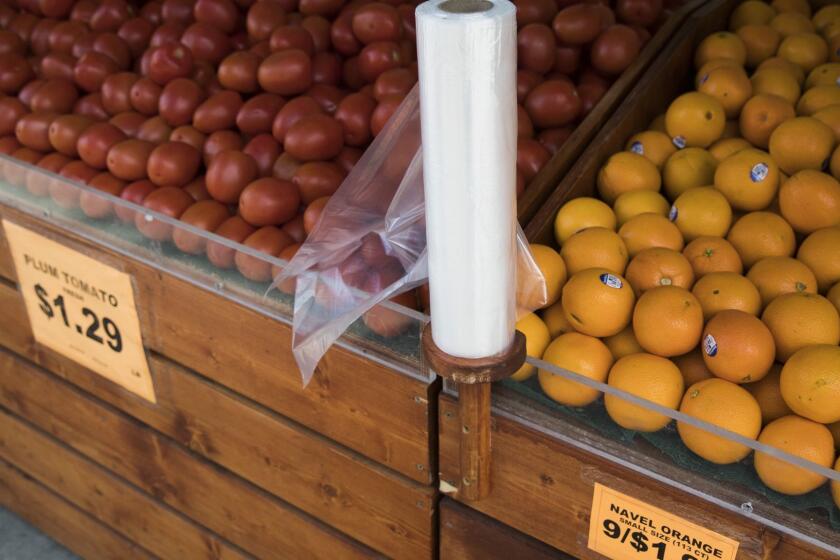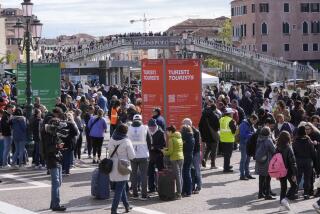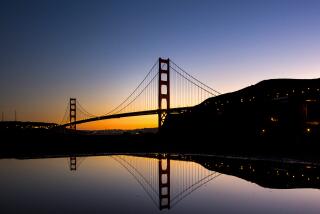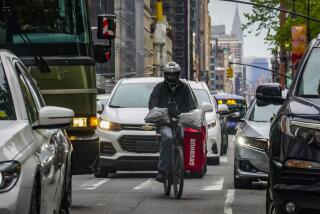A $15 toll to drive into part of New York has been approved, a first for a U.S. city
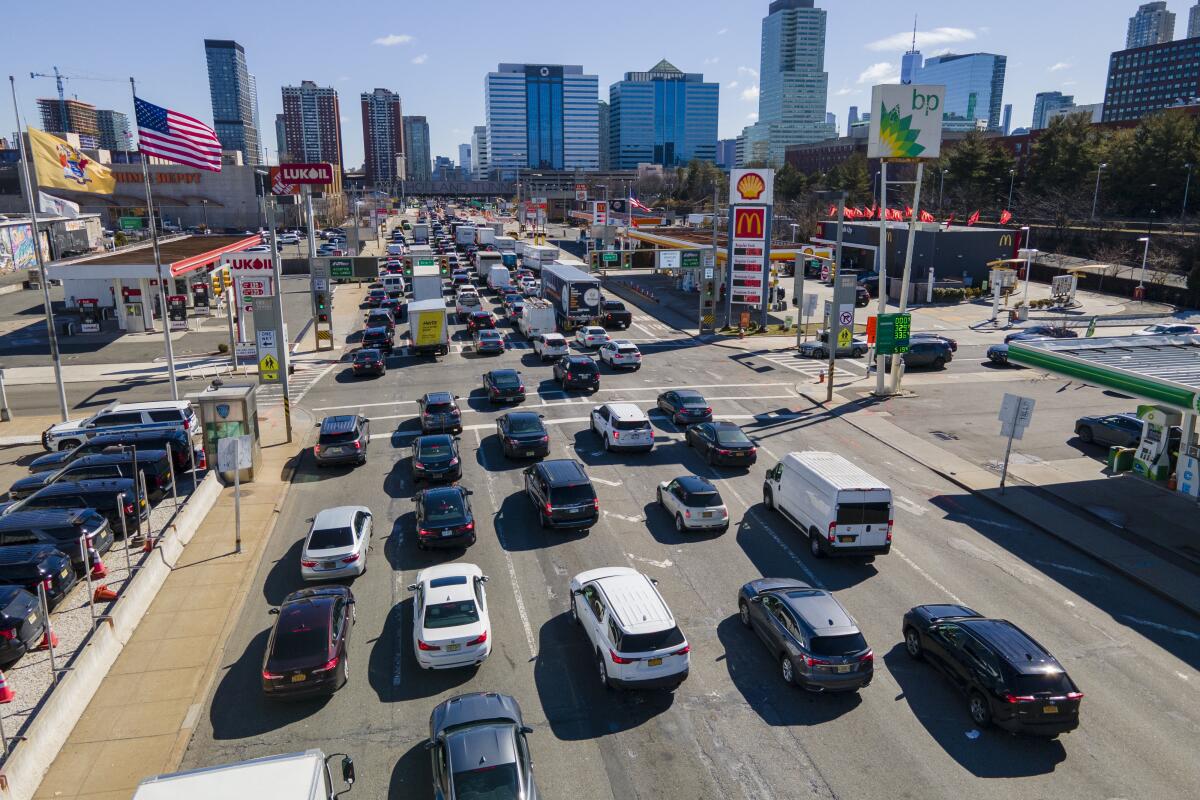
NEW YORK — New York is on track to become the first U.S. city with congestion tolls on drivers entering its central business district after transit officials approved a $15 fee for most motorists headed into part of Manhattan.
Members of the Metropolitan Transportation Authority board on Wednesday voted to greenlight the congestion pricing plan, expected to go into effect in June. The board approved only minor changes to a plan presented to the public months ago, and brushed off requests for exceptions by dozens of groups of commuters.
The vote authorizes a $15 toll on most commuter passenger vehicles that drive into Manhattan south of 60th Street, a zone that’s south of Central Park, during daytime hours. The toll is higher for larger vehicles, and lower for late-night entries into the city, as well as for motorcycles.
Drivers entering Manhattan south of 60th Street will pay extra tolls as part of a pricing plan aimed at reducing congestion and improving air quality.
Supporters of the new toll say it will push more people to use public transportation, reduce congestion to speed up public buses and emergency vehicles, reduce pollution, and raise money needed to improve the subway system.
The state Legislature approved the tolls in 2019, mandating that the program should raise $1 billion per year to fund public subway and bus systems for the city’s 4 million daily riders. It also established the boundaries of the zone, which covers the busiest part of the city, and scaled back early proposals to include the area up to 86th Street. The pandemic and lack of federal regulation stalled the project.
Tolls will vary based on the time of day and the size of the vehicle, ranging from $1.75 for motorcycles crossing overnight to $36 for sightseeing buses and trucks with trailers during the day. The overnight period runs from 9 p.m. to 5 a.m. on weekdays, and from 9 p.m. to 9 a.m. on weekends.
This article was originally on a blog post platform and may be missing photos, graphics or links.
Visitors without E-ZPasses — a device that collects toll information remotely — will pay more. And as on bridges, license plate readers are expected to identify other drivers, so that they can be billed by mail.
Taxis will charge passengers $1.25 per trip that touches the zone, while app-based rides will charge $2.50.
The vote Wednesday followed two months of public comment in which over 100 categories of drivers asked to be exempted from the tolls. They ranged from small groups like holders of diplomatic license plates to large groups like residents of the neighboring states of New Jersey and Connecticut. Commuters from other states and boroughs already pay tolls for bridges and tunnels to the island of Manhattan, and the congestion fee will come on top of that.
New York’s Democrat-controlled Legislature on Sunday passed a statewide ban on single-use plastic bags and planned to approve tolls for driving into the busiest sections of Manhattan starting in 2021 as part of a $175.5 billion state budget agreement worked out with Gov.
But the $1 billion in toll revenue mandated by the state law meant that eliminating charges for one group would increase the price for everyone else, so most requests for exceptions weren’t granted.
Some exceptions survived, including a free pass for emergency vehicles, specialized city vehicles, and buses with regular public routes or city school contracts. Vehicles carrying disabled people and certain low-income commuters also get a pass. Low-income drivers are eligible for discounts and tax credits.
New York’s plan has drawn lawsuits from small business owners and the state of New Jersey.
If the plan survives those legal challenges, New York will become the first U.S. city to implement a congestion pricing scheme. Such schemes have been implemented in London, Stockholm, Milan and Singapore.
In 2017, Virginia officials implemented a toll system to reduce congestion during rush hour on Interstate 66 near Washington.
Attanasio writes for the Associated Press.
More to Read
Sign up for Essential California
The most important California stories and recommendations in your inbox every morning.
You may occasionally receive promotional content from the Los Angeles Times.
